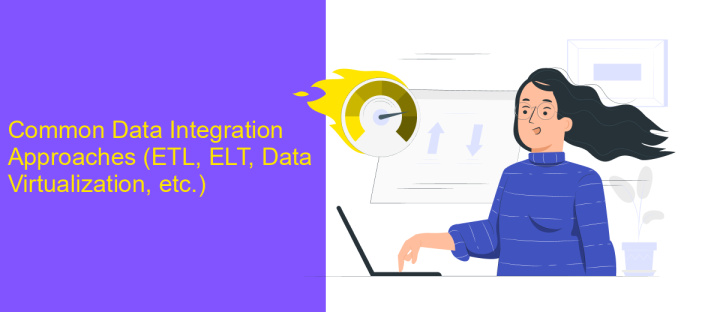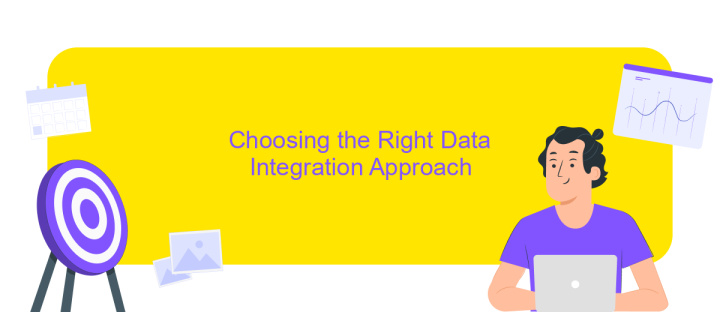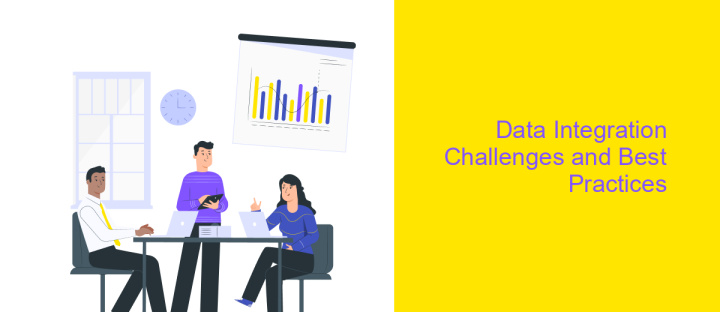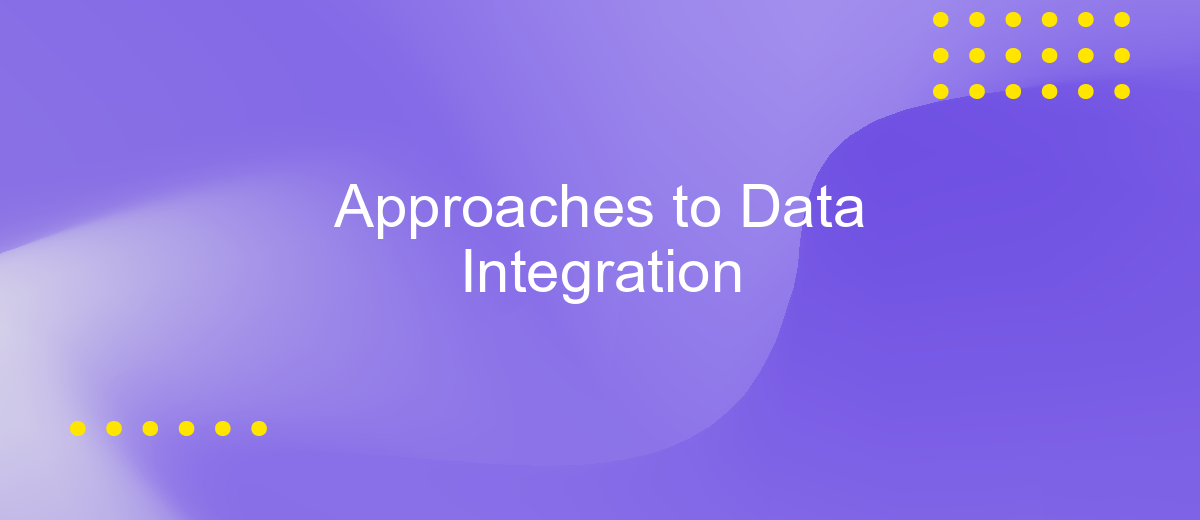Approaches to Data Integration
Data integration is a critical process in today's data-driven world, enabling organizations to combine data from diverse sources into a unified view. This article explores various approaches to data integration, highlighting their advantages and challenges. By understanding these methods, businesses can make informed decisions to enhance data accessibility and quality, ultimately driving more effective data analysis and strategic decision-making.
Introduction to Data Integration
Data integration is a critical process in the modern data-driven world, enabling organizations to consolidate information from diverse sources into a unified view. It facilitates seamless data flow across various systems, ensuring that decision-makers have access to accurate and comprehensive data. As businesses increasingly rely on data analytics, the demand for efficient data integration solutions has surged. This process not only improves data quality but also enhances operational efficiency and supports strategic initiatives.
- Combines data from different sources into a single, unified view.
- Enhances data quality by eliminating inconsistencies and redundancies.
- Supports real-time data access and analytics for informed decision-making.
- Facilitates seamless collaboration across departments and organizations.
- Enables compliance with regulatory requirements by ensuring data accuracy.
Incorporating data integration strategies allows organizations to unlock the full potential of their data assets. By bridging the gap between disparate data sources, companies can gain valuable insights, drive innovation, and maintain a competitive edge. As technology continues to evolve, data integration will remain a cornerstone of effective data management, empowering businesses to thrive in an increasingly complex digital landscape.
Common Data Integration Approaches (ETL, ELT, Data Virtualization, etc.)

Data integration is crucial for organizations seeking to consolidate information from various sources. One common approach is ETL (Extract, Transform, Load), which involves extracting data from different systems, transforming it into a suitable format, and loading it into a data warehouse. This method is highly effective for handling large volumes of data and ensuring consistency. Alternatively, ELT (Extract, Load, Transform) loads data into the target system first and then transforms it, offering flexibility and speed, particularly in cloud-based environments.
Another modern approach is Data Virtualization, which allows users to access and manipulate data without needing to know its physical location or format. This method provides real-time data access and integration without the need for data replication. Tools like ApiX-Drive can further streamline these processes by offering automated integration services, enabling seamless connectivity between applications and data sources. With its user-friendly interface, ApiX-Drive simplifies the setup of data pipelines, making data integration more accessible to businesses of all sizes.
Choosing the Right Data Integration Approach

Choosing the right data integration approach is crucial for ensuring seamless data flow and maximizing the value of your data assets. The decision largely depends on the specific needs and constraints of your organization, including data volume, speed, and complexity. A well-chosen integration strategy can improve data accuracy, enhance decision-making, and reduce operational costs.
- Batch Integration: Ideal for processing large volumes of data at scheduled intervals. It is cost-effective and suitable for non-time-sensitive data.
- Real-time Integration: Best for applications requiring immediate data updates. It supports instant data synchronization across systems, enhancing responsiveness.
- Hybrid Integration: Combines batch and real-time methods to balance efficiency and immediacy, catering to diverse data processing needs.
- Cloud-based Integration: Utilizes cloud platforms for scalable and flexible data integration, reducing the need for on-premises infrastructure.
- API-driven Integration: Facilitates seamless connectivity between applications using APIs, promoting interoperability and agility.
Ultimately, the choice of data integration approach should align with your organization's strategic goals, technical capabilities, and budgetary constraints. A thorough assessment of these factors will guide you in selecting the most effective method, ensuring that your data integration efforts contribute positively to business outcomes.
Data Integration Challenges and Best Practices

Data integration is a crucial process in modern organizations, yet it presents numerous challenges. One major challenge is dealing with disparate data sources, which often have different formats, structures, and semantics. This diversity can lead to difficulties in ensuring data consistency and accuracy, making it hard to achieve a unified view.
Another significant challenge is data quality. Inconsistent or incomplete data can severely impact decision-making processes. Additionally, data integration often involves handling large volumes of data, which can strain existing infrastructure and resources. Security and privacy concerns also arise, as sensitive data must be protected during integration.
- Establish a clear data governance framework to ensure data quality and consistency.
- Utilize ETL (Extract, Transform, Load) tools to streamline the integration process.
- Implement robust data security measures to protect sensitive information.
- Leverage cloud-based solutions to manage and scale data integration efforts efficiently.
By addressing these challenges with best practices, organizations can enhance their data integration processes, leading to more informed decision-making and improved operational efficiency. Emphasizing data governance and leveraging advanced tools are key to overcoming integration obstacles.


Future Trends in Data Integration
As data integration continues to evolve, several future trends are emerging that promise to reshape the landscape. One significant trend is the increasing adoption of artificial intelligence and machine learning in data integration processes. These technologies are enhancing the ability to automate complex data transformations, improve data quality, and provide predictive analytics. This shift towards smarter data integration solutions is expected to reduce manual effort and increase efficiency, making data integration more accessible to businesses of all sizes.
Another trend is the growing importance of real-time data integration, driven by the need for instant insights and decision-making. With the proliferation of IoT devices and the demand for immediate data processing, businesses are increasingly seeking solutions that offer seamless and real-time data integration capabilities. Platforms like ApiX-Drive are at the forefront of this trend, providing tools that simplify the integration process across various applications and services, enabling businesses to connect their data sources effortlessly. As these trends continue to develop, they will pave the way for more agile and responsive data integration strategies.
FAQ
What is data integration, and why is it important?
What are the common approaches to data integration?
What challenges might organizations face during data integration?
How can automation help in data integration?
Is it necessary to integrate all data sources in an organization?
Apix-Drive will help optimize business processes, save you from a lot of routine tasks and unnecessary costs for automation, attracting additional specialists. Try setting up a free test connection with ApiX-Drive and see for yourself. Now you have to think about where to invest the freed time and money!

